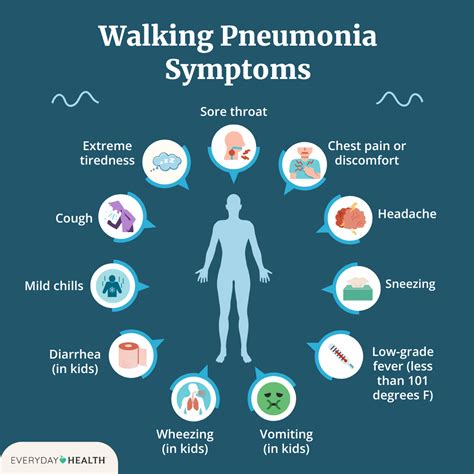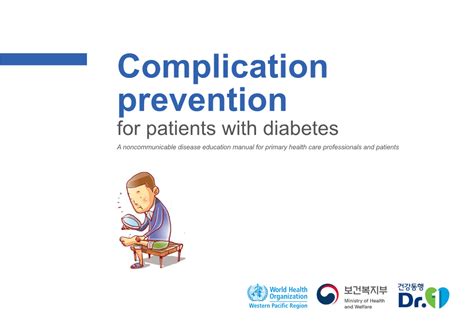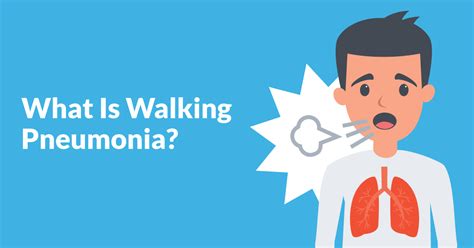Intro
Discover Walking Pneumonia Symptoms, including mild cough, fatigue, and fever, and learn about diagnosis, treatment, and management of atypical pneumonia and bronchitis.
Pneumonia is a serious and potentially life-threatening condition that affects millions of people worldwide. While traditional pneumonia can be severe and require hospitalization, there is a milder form known as walking pneumonia. This condition is characterized by milder symptoms that still require medical attention, but often allow individuals to continue with their daily activities. Understanding the symptoms of walking pneumonia is crucial for seeking timely medical help and preventing complications.
Walking pneumonia, also known as atypical pneumonia, is usually caused by bacteria such as Mycoplasma pneumoniae, Chlamydophila pneumoniae, or Legionella pneumophila. It tends to affect younger, healthier individuals and is often spread through respiratory droplets that are released when an infected person coughs or sneezes. The symptoms of walking pneumonia can be similar to those of a cold or flu, but they can last longer and may worsen over time if left untreated.
The importance of recognizing walking pneumonia symptoms lies in the potential for the condition to progress to more severe pneumonia or to lead to complications such as bronchitis, sinus infections, or even meningitis in rare cases. Furthermore, some individuals, such as the elderly, young children, and those with compromised immune systems, may be at a higher risk for developing severe pneumonia. Therefore, it is essential to be aware of the signs and symptoms of walking pneumonia to ensure prompt medical evaluation and appropriate treatment.
Understanding Walking Pneumonia

Walking pneumonia is often described as an "atypical" pneumonia because its symptoms differ from those of traditional pneumonia. While traditional pneumonia may present with high fever, chills, and coughing up yellow or green mucus, walking pneumonia tends to have milder symptoms. These can include a persistent cough, headache, fatigue, and a general feeling of being unwell. In some cases, individuals with walking pneumonia may also experience sore throat, runny nose, and chest pain or discomfort when coughing or taking deep breaths.
Causes and Risk Factors
The causes of walking pneumonia are primarily bacterial, with Mycoplasma pneumoniae being the most common culprit. This bacterium is known to affect individuals of all ages but is most prevalent among school-aged children and young adults. Other bacteria, such as Chlamydophila pneumoniae and Legionella pneumophila, can also cause walking pneumonia, though these are less common. The risk factors for developing walking pneumonia include close living quarters, such as dormitories or military barracks, and weakened immune systems due to chronic illnesses or immunosuppressive therapy.Symptoms of Walking Pneumonia

The symptoms of walking pneumonia can vary from person to person but typically include:
- A persistent cough that may produce mucus
- Headache and fatigue
- Sore throat
- Runny nose or stuffy nose
- Chest pain or discomfort that worsens with deep breathing or coughing
- Mild fever, usually less than 102°F (39°C)
- Chills
- Muscle pains
- Loss of appetite
It's essential to note that these symptoms can be similar to those of other respiratory infections, making it crucial to consult a healthcare provider for an accurate diagnosis.
Diagnosis and Treatment
Diagnosing walking pneumonia involves a combination of physical examination, medical history, and laboratory tests. A healthcare provider may perform a chest X-ray to rule out other conditions and check for the presence of pneumonia. Blood tests can help identify the bacterium causing the infection, and sputum tests may be used to analyze mucus coughed up from the lungs.Treatment for walking pneumonia usually involves antibiotics to target the bacterial cause. It's crucial to complete the full course of antibiotics as prescribed, even if symptoms improve before finishing the medication, to ensure the infection is fully cleared. In addition to antibiotics, rest, hydration, and over-the-counter medications to manage symptoms such as cough and fever can help alleviate discomfort.
Prevention and Complications

Preventing walking pneumonia involves practices that reduce the transmission of respiratory infections. These include:
- Frequently washing hands with soap and water
- Avoiding close contact with individuals who are sick
- Not sharing utensils, glasses, or personal items
- Getting enough rest and maintaining a healthy diet to support immune function
- Avoiding smoking and secondhand smoke, which can weaken lung function
Complications of walking pneumonia, though rare, can be serious. They may include:
- Respiratory failure
- Acute respiratory distress syndrome (ARDS)
- Sepsis
- Meningitis
- Endocarditis (infection of the heart valves)
- Pericarditis (inflammation of the sac surrounding the heart)
Seeking Medical Attention
It's vital to seek medical attention if symptoms persist, worsen over time, or if there are signs of severe pneumonia, such as high fever, difficulty breathing, or chest pain that worsens over time. Early diagnosis and treatment can significantly improve outcomes and prevent complications.Living with Walking Pneumonia

Living with walking pneumonia requires patience and adherence to the treatment plan. It's essential to:
- Complete the full course of antibiotics
- Get plenty of rest
- Stay hydrated
- Use a humidifier to relieve cough and congestion
- Avoid smoking and secondhand smoke
- Practice good hygiene to prevent the spread of infection
Recovery and Follow-Up
Recovery from walking pneumonia can take several weeks, during which time it's crucial to follow up with a healthcare provider to ensure the infection has been fully cleared and to address any lingering symptoms or concerns. In some cases, a follow-up chest X-ray may be necessary to confirm that the lungs have returned to normal.Conclusion and Next Steps

In conclusion, walking pneumonia is a condition that requires awareness and prompt medical attention. By understanding its symptoms, causes, and treatment options, individuals can take the necessary steps to manage their condition effectively and prevent complications. It's crucial to maintain open communication with healthcare providers and to follow their recommendations for recovery and prevention.
If you or someone you know is experiencing symptoms of walking pneumonia, it's essential to seek medical evaluation. Remember, early diagnosis and treatment can make a significant difference in recovery and outcomes. Share this article with others to spread awareness about walking pneumonia and its importance in respiratory health.
What are the primary symptoms of walking pneumonia?
+The primary symptoms include a persistent cough, headache, fatigue, and a general feeling of being unwell, along with possible sore throat, runny nose, and chest pain or discomfort.
How is walking pneumonia diagnosed?
+Diagnosis involves a physical examination, medical history, and laboratory tests such as chest X-rays and blood tests to identify the causative bacterium.
What is the typical treatment for walking pneumonia?
+Treatment usually involves antibiotics to target the bacterial cause, along with rest, hydration, and over-the-counter medications to manage symptoms.
Can walking pneumonia lead to complications?
+Yes, though rare, complications can include respiratory failure, sepsis, meningitis, and endocarditis, especially in individuals with weakened immune systems or other underlying health conditions.
How can walking pneumonia be prevented?
+Prevention involves frequent hand washing, avoiding close contact with sick individuals, not sharing personal items, and maintaining a healthy lifestyle to support immune function.
